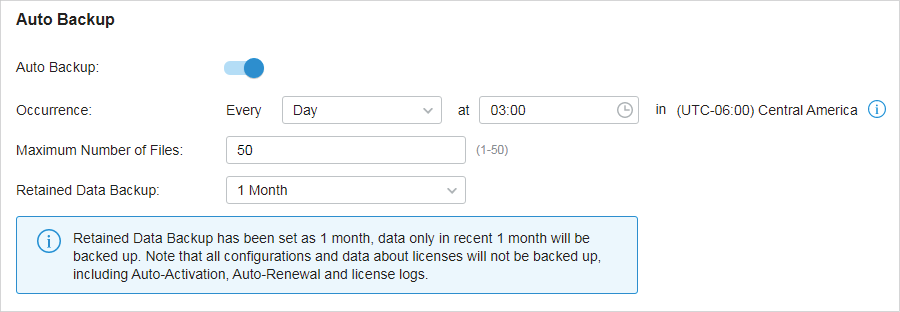Omada SDN Controller User Guide
- About this Guide
- Chapter 1 Omada SDN Controller Solution Overview
- Chapter 2 Get Started with Omada SDN Controller
- Chapter 3 Manage Omada Managed Devices and Sites
- Chapter 4 Configure the Network with Omada SDN Controller
- Chapter 5 Configure the Omada SDN Controller
- Chapter 6 Configure and Monitor Omada Managed Devices
- Chapter 7 Monitor and Manage the Clients
- Chapter 8 Monitor the network
- Chapter 9 Manage Administrator Accounts of Omada SDN Controller
- Chapter 10 Omada APP
5. Configure the Omada SDN Controller
Controller Settings control the appearance and behavior of the controller and provide methods of data backup, restore and migration:
�? 5. 2 Manage Your Controller Remotely via Cloud Access
Go to Settings > Controller . In General Settings , configure the parameters and click Save .
�? For Omada Hardware Controller
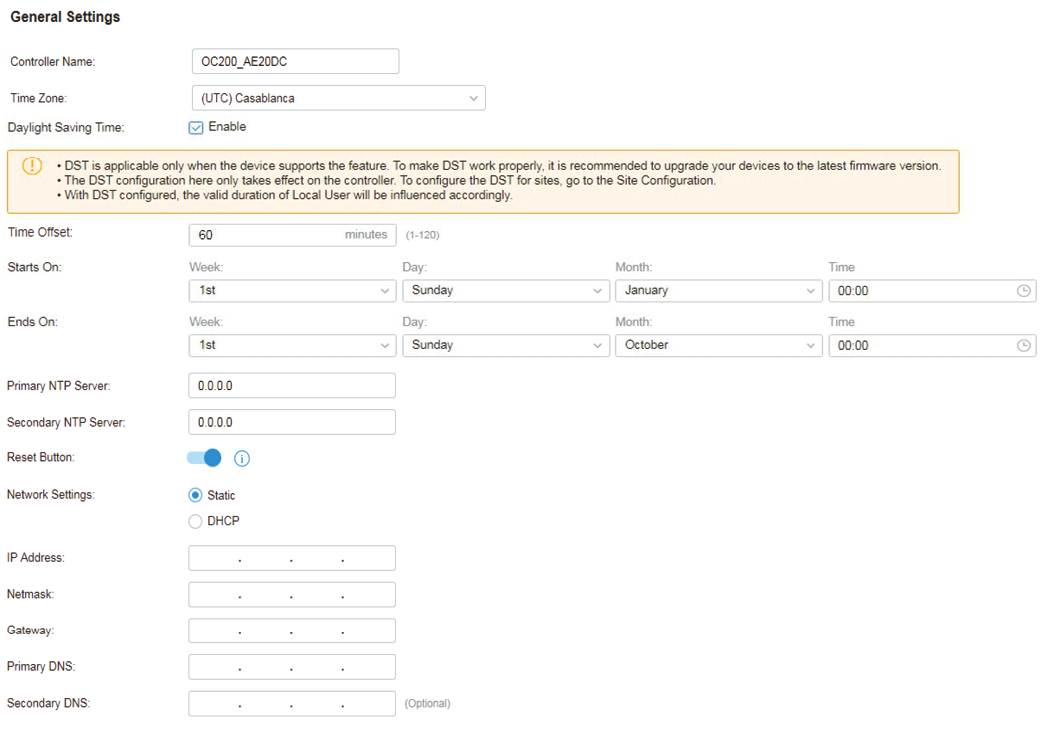
|
Controller Name |
|
Time Zone |
|
Daylight Saving Time |
|
Time Offset |
|
Starts On |
|
Ends On |
|
Primary NTP Server/ Secondary NTP Server |
|
Reset Button |
|
Network Settings |
Static : You need to specify the IP address , Netmask , Gateway , Primary DNS , and Secondary DNS for the controller. DHCP : The controller get IP settings from the DHCP server. If the controller fails to get IP settings from the DHCP server, it will use the Fallback IP Address and Fallback Netmask . |
�? For Omada Software Controller / Omada Cloud-Based Controller

|
Controller Name |
|
Time Zone |
| |||||||||||||||||||||||||||||||||||||||||||||||||||||||||||||||||||||||||||||||||||||||||||||||||||||||||||||||||
|
Daylight Saving Time |
|
Time Offset |
|
Starts On |
|
Ends On |
With the Mail Server, the controller can send emails for resetting your password, pushing notifications, and delivering the system logs. The Mail Server feature works with the SMTP (Simple Mail Transfer Protocol) service provided by an email service provider. 1. Log in to your email account and enable the SMTP (Simple Mail Transfer Protocol) Service. For details, refer to the instructions of your email service provider. 2. Go to Settings > Controller . In Mail Server , enable SMTP Server and configure the parameters. Then click Save .
|
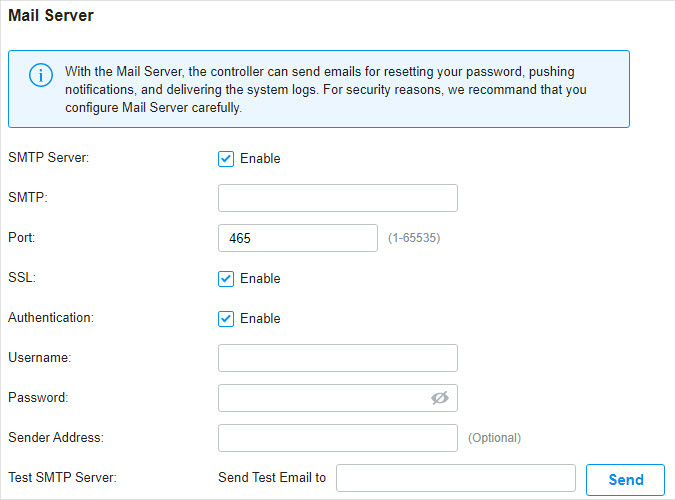


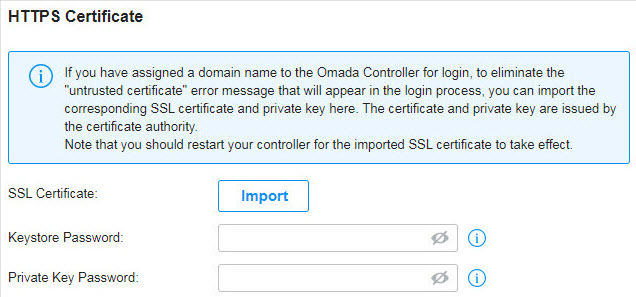
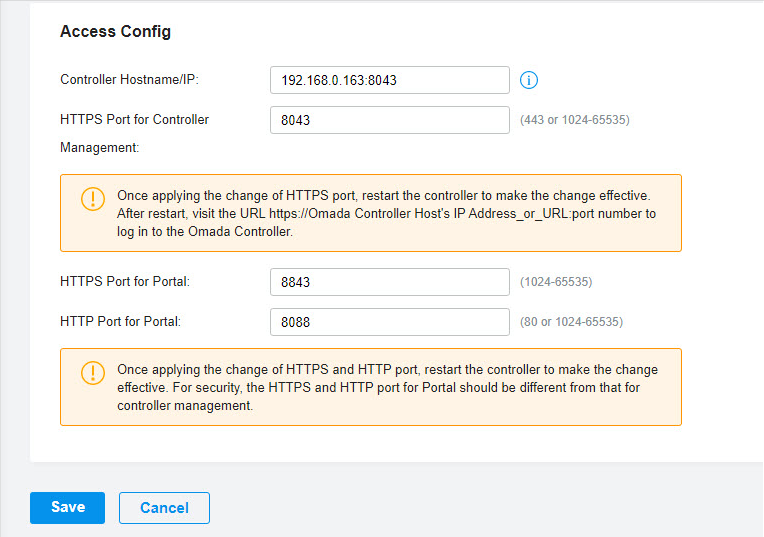
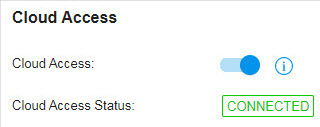
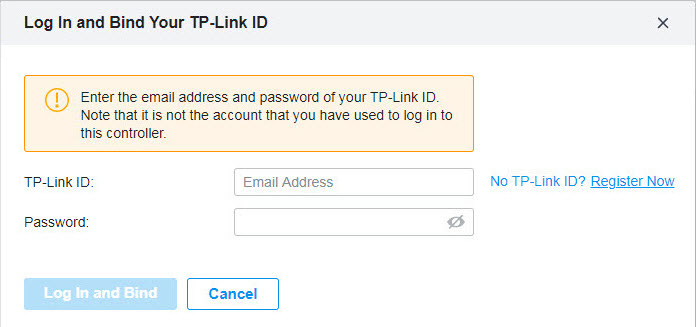
 to manage the controller.
to manage the controller.

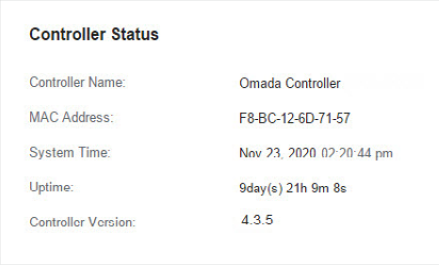

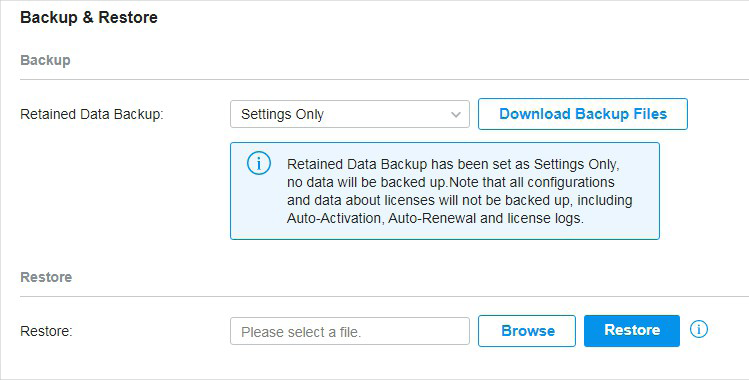
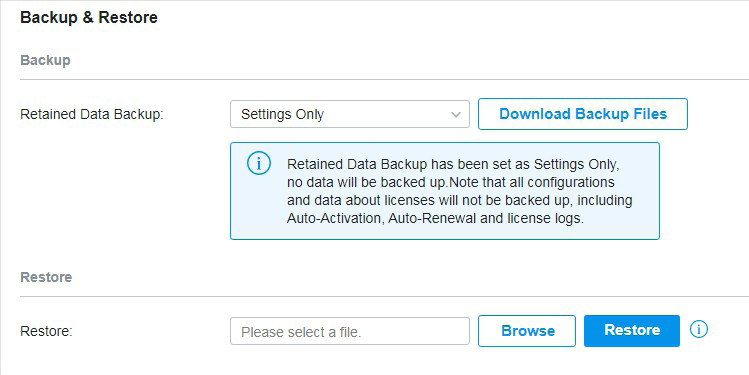
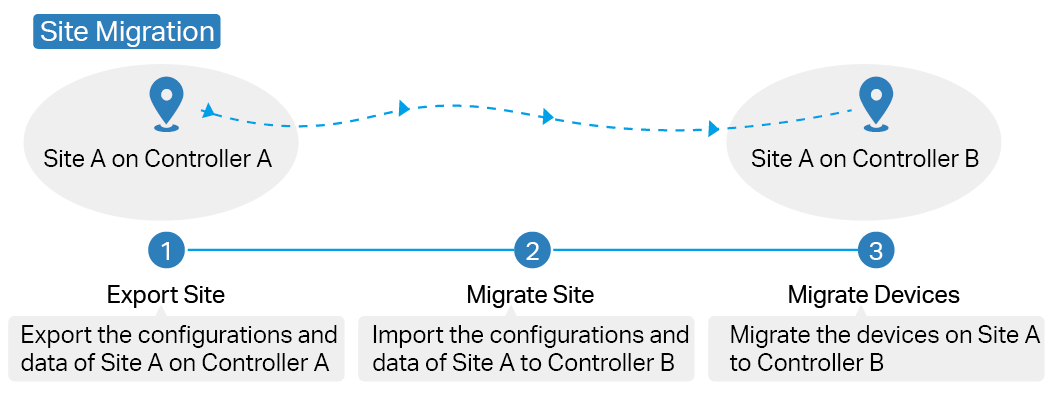


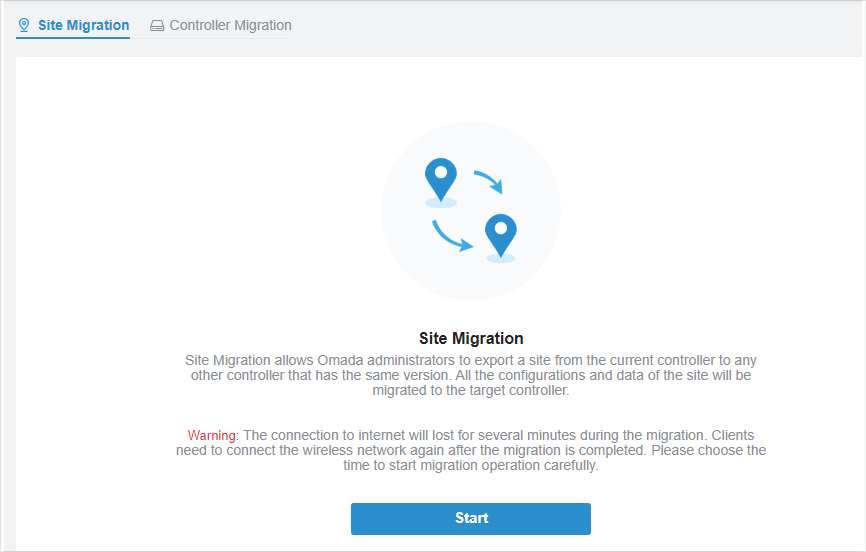


 the top right corner of the screen and select
the top right corner of the screen and select
 , and then the following window will pop up. Note that for controller v 4.3.0 and above, only the file from the controller with the same major and minor version number can be imported.
, and then the following window will pop up. Note that for controller v 4.3.0 and above, only the file from the controller with the same major and minor version number can be imported.
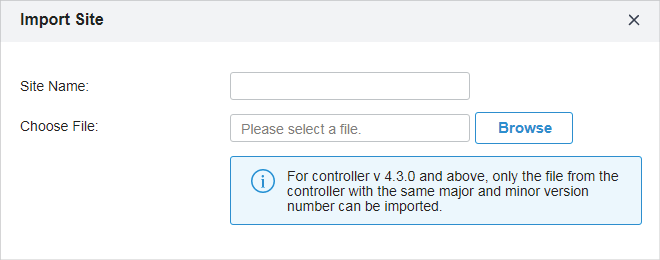
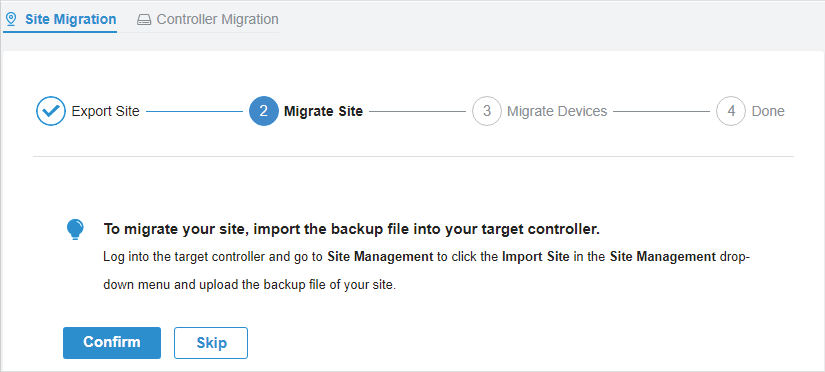

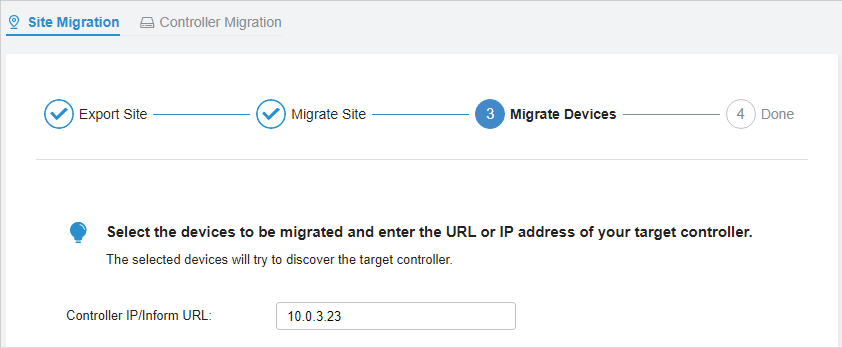
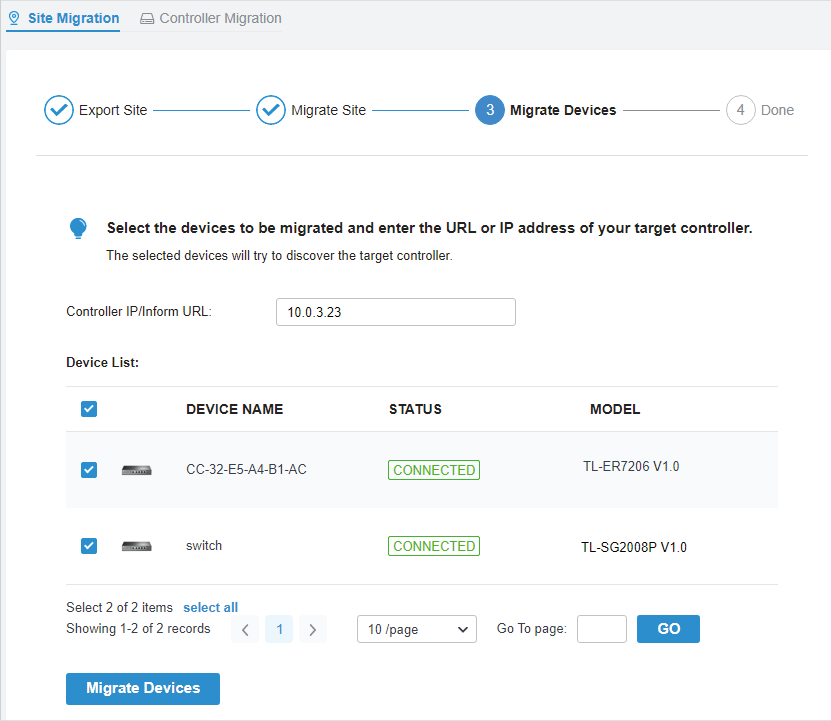
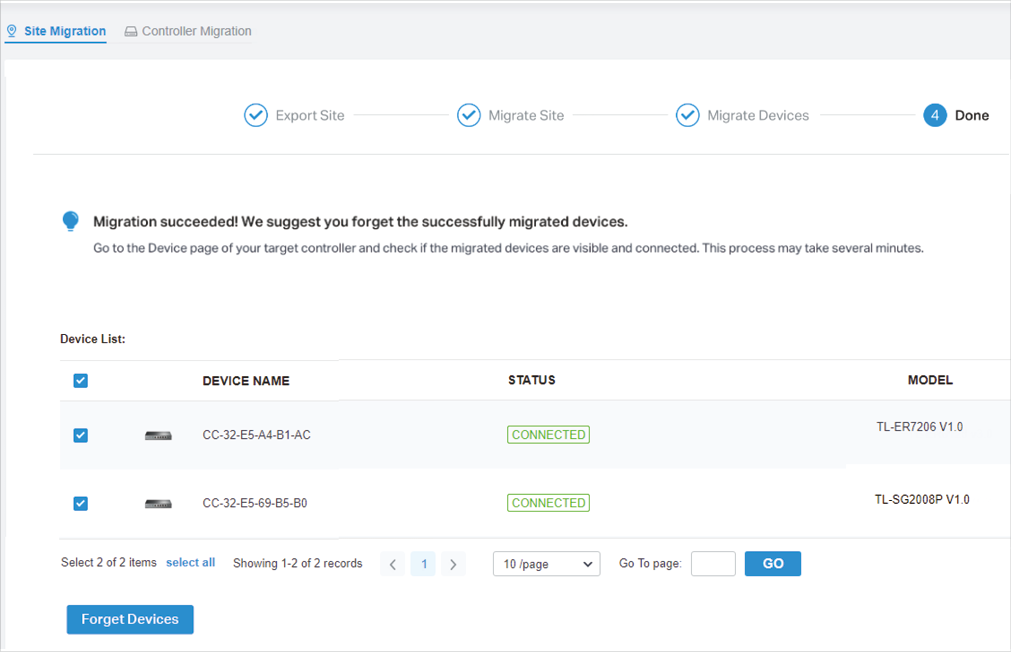
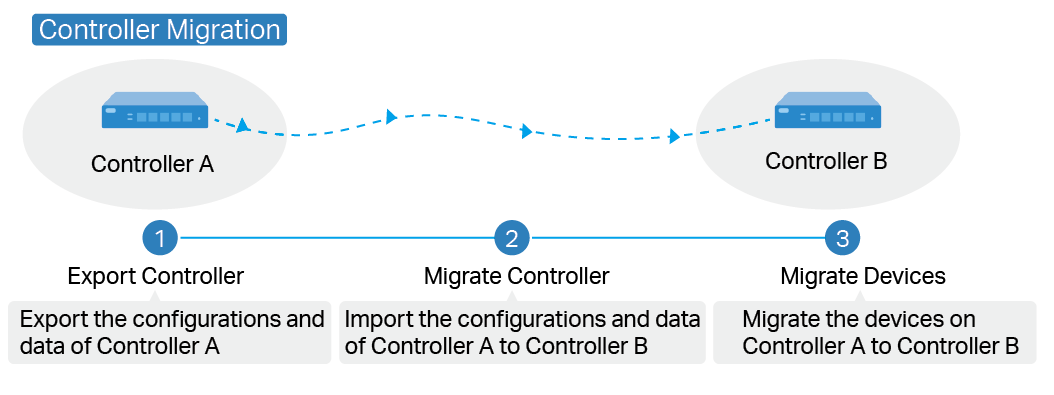
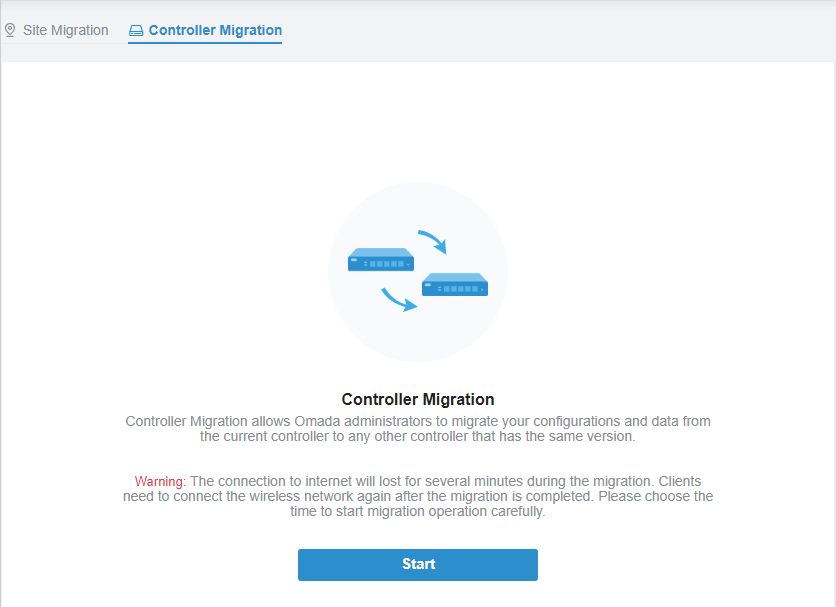
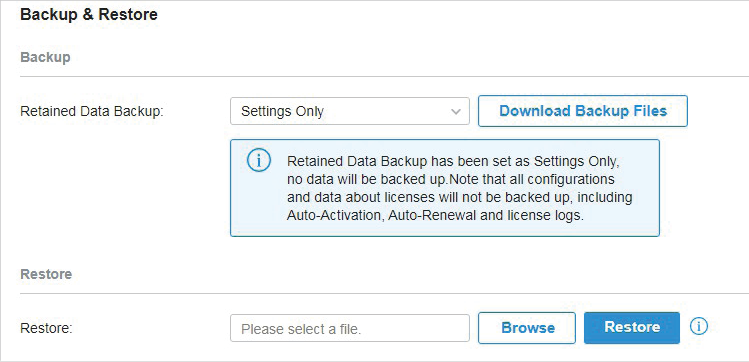
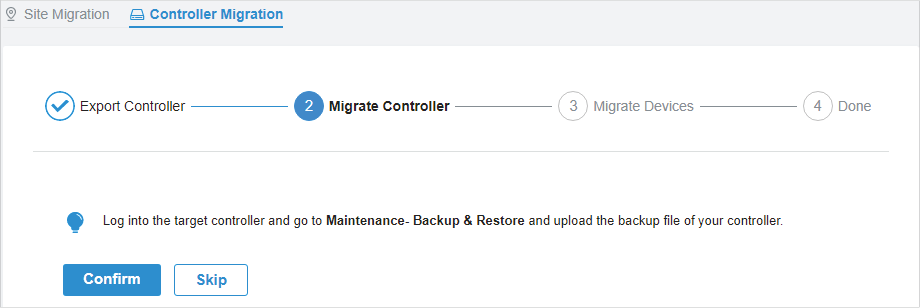
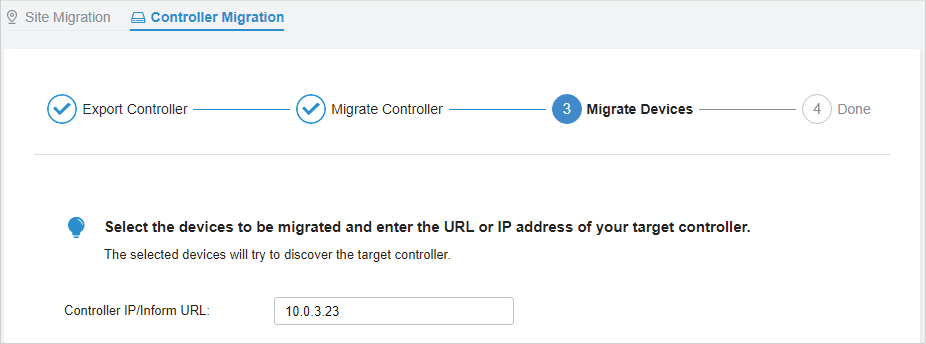
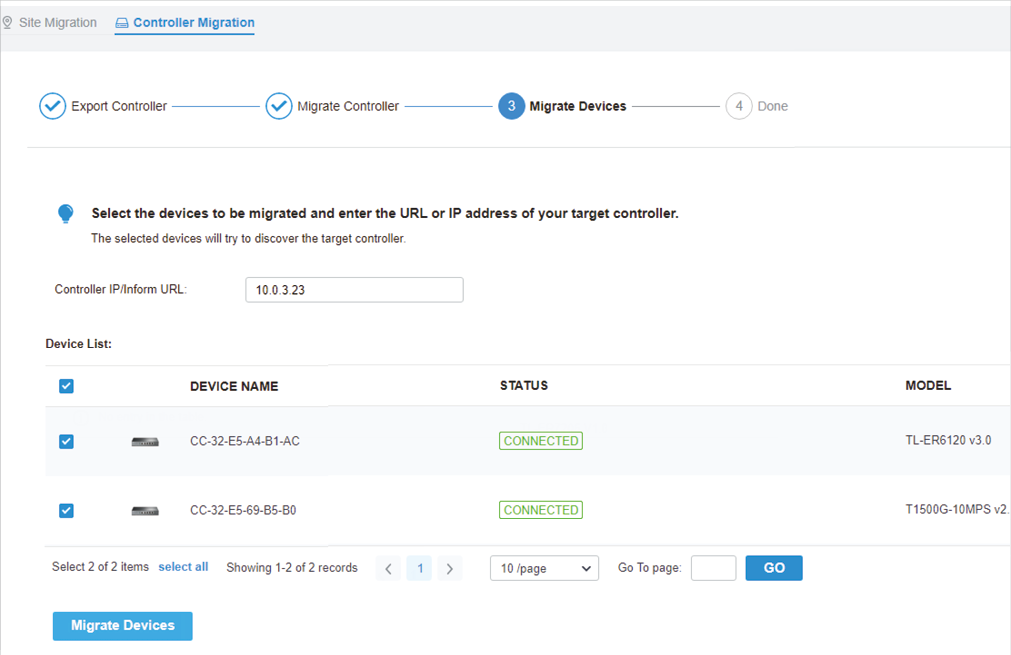
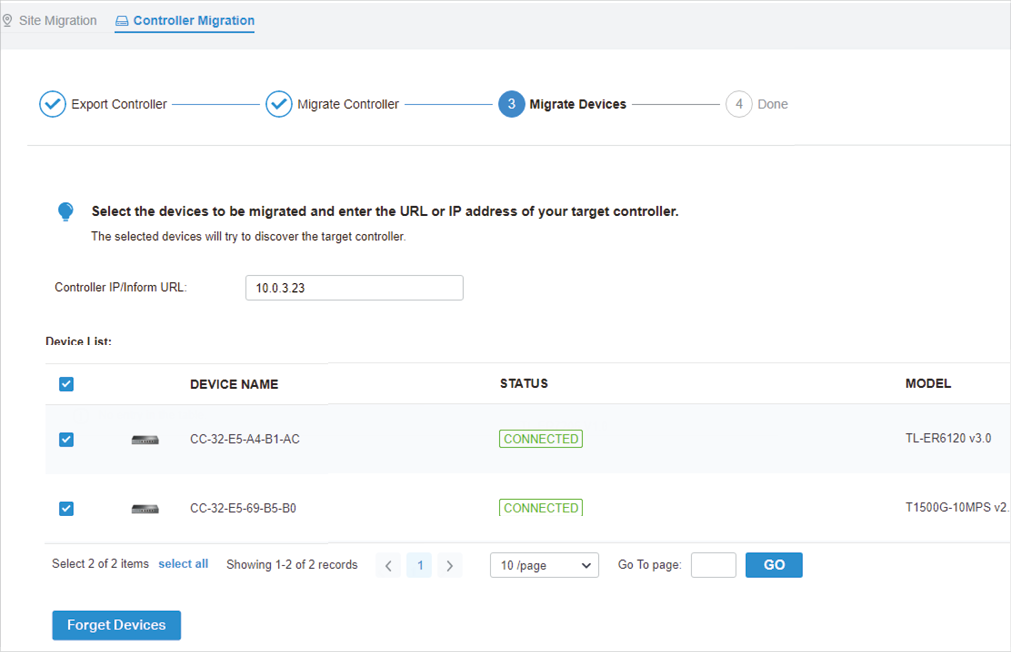
 to enable Auto Backup.
to enable Auto Backup.

